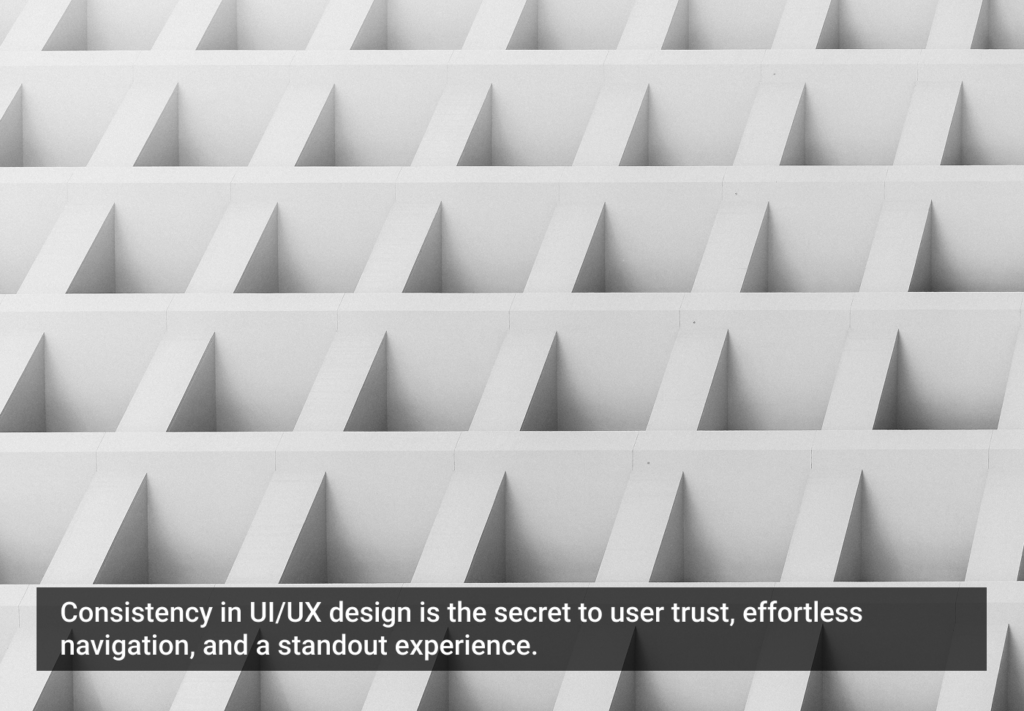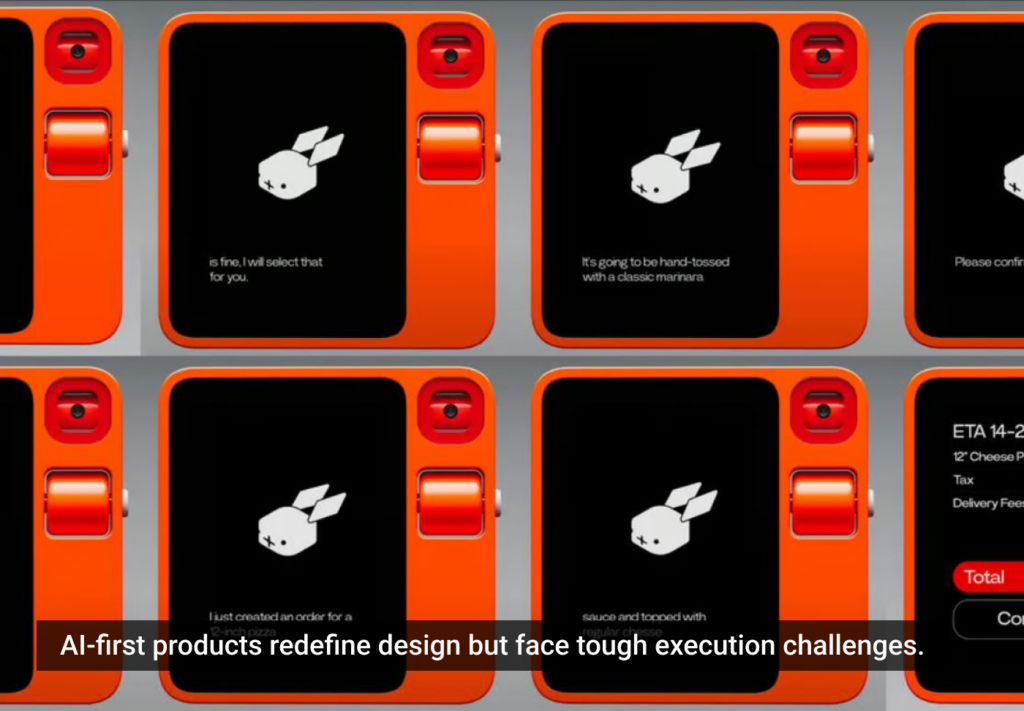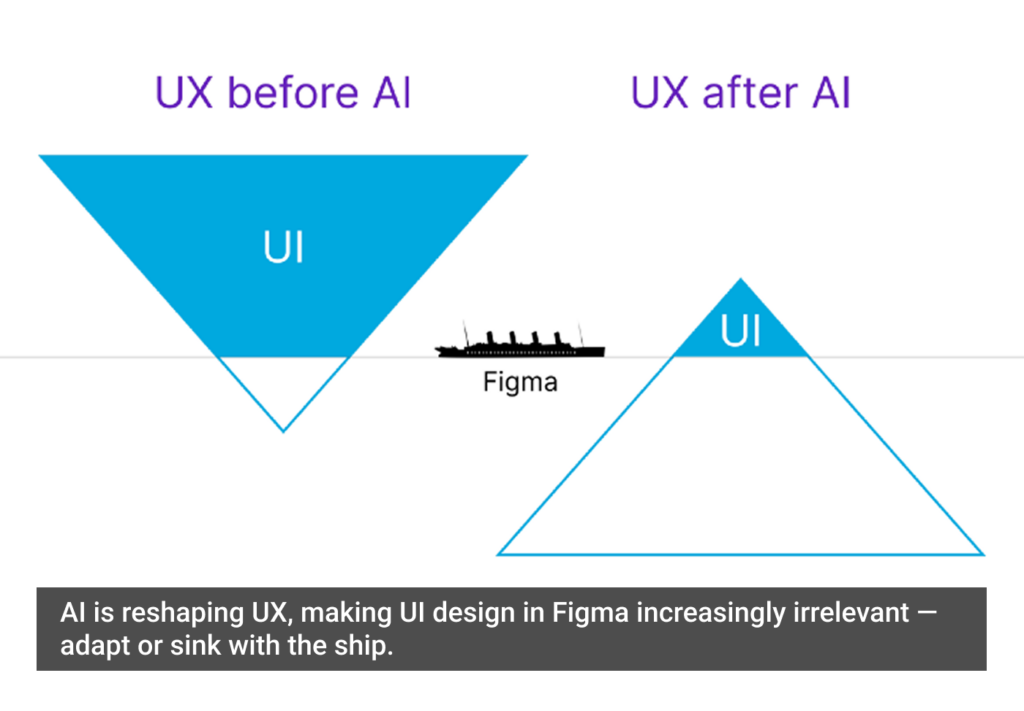What design techniques and methods produce successful enterprise products and services? How do we get large organizations to move from focusing on delivering features to creating engagement and delight? We’re addressing these questions as part of the “Craft amid Complexity” theme—one of of four themes—at the upcoming Enterprise UX 2015 conference.
As the theme’s leader, I interviewed my three speakers—Peter Morville, David Cronin, and Uday Gajendar—to get their take on effective design practices for enterprises.
What role does making for the purpose of thinking and learning play in your design craft, especially amid complexity?
Peter Morville: Our craft is always performed amid complexity whether we know it or not. I see my work as a journey from too simple (superficial, simplistic) through the canyon of complexity (overwhelming) in search of what Frank Lloyd Wright called organic simplicity (natural, elegant). Surveys, analytics, and ethnography take me into the canyon, but I make plans and prototypes to climb out. Often, it’s in the act of making maps and models that insight and synthesis occur.
Uday Gajendar: For me “making” is literally making tangible the abstractions and idealizations we have in our heads into something that everyone can respond to at the same time, on the same level. A picture or prototype may be worth a thousand words, but with an actual product, we’re all interpreting in real-time, on the same level. This increases the potential for good insights and realizations to occur (reducing misunderstandings and thus time-wasting arguments, talking past each other like “ships passing in the night”), in a more synchronized way of discussion.
David Cronin: I find my brain works differently when I am making something than when I’m simply analyzing or looking for connections between ideas. Sketching and building prototypes both require a sense of sequence and priority, and force one to make hard decisions about what fits and what can be imagined as meaningful to another person. Making is also a physical activity, which allows us to tie design reasoning into our spatial understanding of elegance and purpose that we learn from things like sports and dance and yoga.
When tackling design problems, we begin by researching the domain and the potential users, getting a sense for the whole ecosystem the problem we are focused on is part of. What happens when the design problems we face get so big that we can no longer see or understand the whole? Where do we begin then?
Peter Morville: It’s vital to match strategy to scale. Consider, for instance, the difference between architecture and urban planning. If you want a great building, hire an architect. If you want a great city, don’t. Architects make for lousy urban planners. So I only tackle projects when I’m able to see the whole. I’m an architect but, unlike Frank Lloyd Wright and Le Corbusier, I know my limits.
Uday Gajendar: You gotta start somewhere, no question. This is where “making” something to get things going is essential. It doesn’t have to be right or perfect, but it must move the conversation forward and not keep us stuck in “analysis paralysis”—which, sadly, is often a default mode thanks to spreadsheets, conference calls, and petty politics. It takes courage and a willingness to be “wrong,” exposing our vulnerabilities. Yet the act of making, even if it’s totally wrong, keeps momentum moving forward and makes progress more likely.
So start with the problem, the frame, the user, and her hopes, dreams, and goals. Consider the current de facto benchmark and ask “where are we now?” Draw a map, not just a spreadsheet list of features. And ask “where should we be in the future?” Either way, just start. There is no one right place, but there’s a wrong way: “analysis paralysis”.
David Cronin: I’m a believer in Gall’s law and the idea of emergence. You can’t successfully design a complex system; as far as I’ve seen, the best approach is to do a really good job designing simple systems that can be platforms where the right kind of complex behaviors can emerge.
Designing in that way requires thinking about things from both a zoomed-out economic perspective and a zoomed-in human perspective, but there’s no avoiding the fact that even with very big design problems, the answers always have to do with enabling and encouraging certain behaviors by individual people when they happen to encounter your system. Understanding these people and context is the still the most important way to understand the real nature of the problem space.
What is one piece of advice you have for teams trying to create products and services with quality and integrity at scale?
Peter Morville: Make sure the right person has the power to say “No.”
“Make sure the right person has the power to say no”—@morville
Uday Gajendar: Make sure you get one person at the executive level to be your champion and defender for money, resources, and political cover. Without that, you’re basically screwed.
David Cronin: Be very crisp about what opportunities and problems you are trying to address with every idea, program, and initiative. Make sure the opportunities and problems are big enough to matter, but small enough to allow for solutions that are achievable by the right sized teams within near enough time horizons that you can accurately plan design and implementation. This allows you to get people excited about your progress, and keeps things from falling apart under their own weight.
UX Magazine is a sponsor of Enterprise UX 2015, May 13-15 in San Antonio, Texas. If you want to learn more about delivering useful, delightful, and humane experiences to people who work in enterprises, register now! (Image of elephant’s skin courtesy Shutterstock.)







